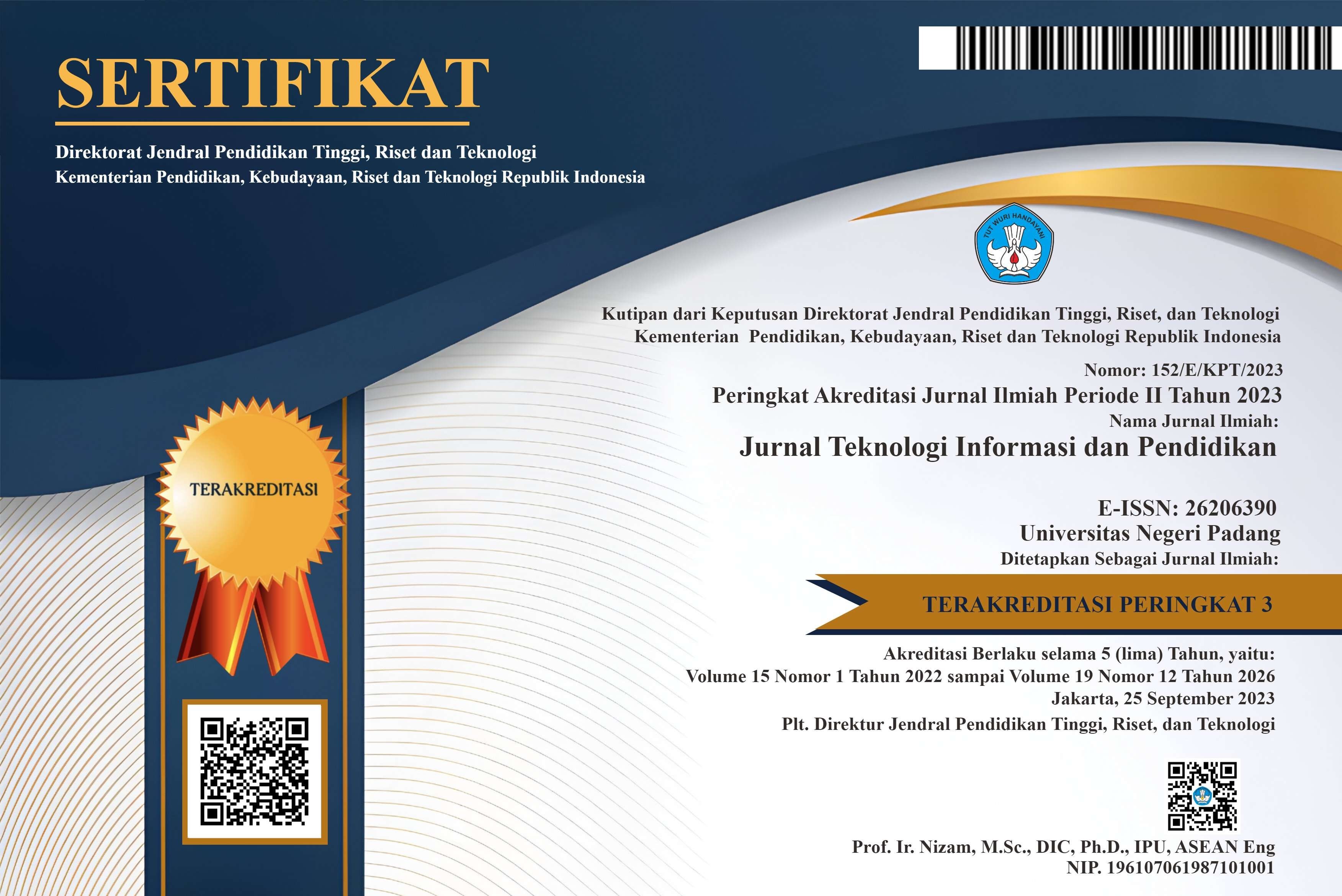Design of The WBAN in The Mobile Health Monitoring System
DOI:
https://doi.org/10.24036/jtip.v16i2.758Keywords:
Health Monitoring, WBAN (Wireless Body Area Network), Blood Pressure, Blood Oxygen Levels, Blood Sugar, Temprature, Heart RateAbstract
WBAN (Wireless Body Area Network) technology is used in this study to provide an integrated health monitoring platform. The device utilizes MLX90615 for measuring body temperature, a Blood Pressure Sensor for measuring blood pressure and pulse rate, and a MAX30102 Sensor for measuring blood oxygen and blood glucose levels. The output of this utility is displayed on an OLED screen and is controlled by the NODEMCU ESP8266. The test reveals an accuracy of 94.8%, indicating that the instrument can provide accurate results and has a relatively low error rate on each sensor. Heart Rate Error on Blood Pressure Sensor 0; Spo2 Error on MAX 30102 Sensor 1; and Blood Sugar Error on MAX 30102 Sensor 2.0. Real-time health monitoring that is more accurate and efficient. This device has the potential to be a practical solution for routine health monitoring and provides significant benefits for maintaining health.















.png)














